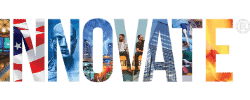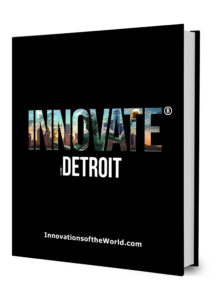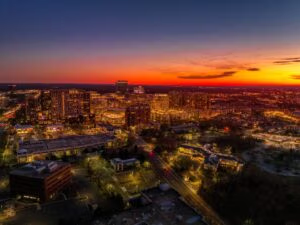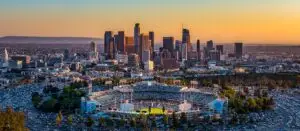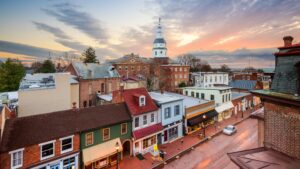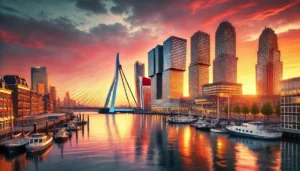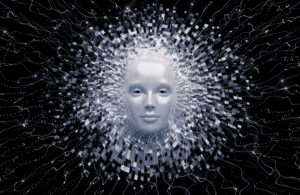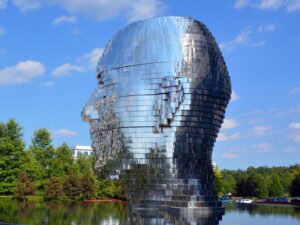Detroit has been an epicenter of innovation for well over a century, leading the world in mass manufacturing, music and industrial design. In 1920, for example, Detroit police officer William Potts was credited with inventing the four-way and three-colored traffic light, a standard still used today for regulating traffic flow around the world.
Recognizing a problem with the way things were, Potts was inspired to design a new solution. “Necessity is the mother of invention,” a proverb credited to Plato’s Republic, highlights that needs and problems spur innovation and solutions.
Thus, as Detroit fell from its 1950s fame as the fourth largest city in the US and the wealthiest in the world, and as the city grappled with increased economic, environmental and social challenges in the decades that followed, ordinary Detroiters like Potts were compelled to use their ingenuity to devise solutions that made life better for themselves, their neighbors and their city. That creative problem solving was and is design.
As stewards of the first and only UNESCO City of Design designation in the US, it’s Design Core Detroit’s responsibility to enable and uplift the Detroit designers and projects of today and tomorrow. Firm in our values of diverse experiences, collaborative relationships and accessible opportunities, we’re particularly proud of those committed to the policy and practice of inclusive, human-centered design.
And there are plenty of those examples here. Whether big or small, non or for profit, organizations and businesses are helping to mobilize communities and build Detroit’s resilience to social, environmental and economic shocks. Detroit People’s Food Co-op, Oakland Avenue Urban Farm, and Fennigan’s Farm, for example, are addressing food insecurity and sovereignty. The Manistique Community Treehouse Center, Canfield Consortium, and The Joe Louis Greenway Partnership are developing spaces and services that resolve flooding, education, wellness, and mobility access issues in ways that empower and respect longtime Detroiters. These and so many more resident-led examples prove that when motivated and compassionate Detroiters see a need, and when they work together in community, they get results.
While the city may not have the same benefit of capital and investment that other global cities enjoy, it hasn’t stopped Detroit designers from working together and using what they have to make cool new products and places. That’s innovation. That’s our culture. That’s Detroit.
